How to build a strong bond with your dog
Spending quality time with your pet is vital for a healthy relationship
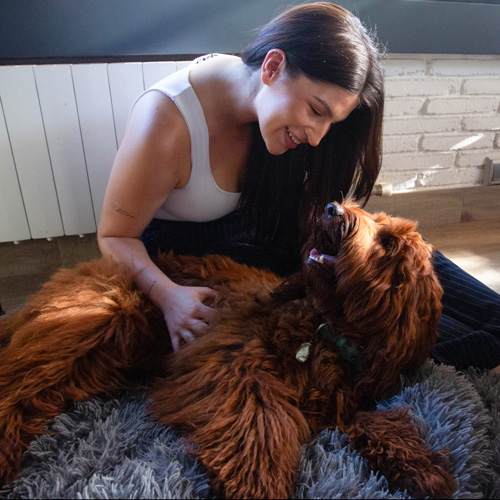
THE BOND BETWEEN DOGS AND PEOPLE
Approximate reading time : 12 minutes
People and dogs have been sharing and developing their bond for more than 20,000 years. Companions, friends, collaborators, family... The relationship generated between these animals and humans is very close, as has been corroborated by different scientific studies throughout history. However, for this bond to be strong and healthy, it is important to take care of it. As with relationships between people, you must also work on and nurture your relationship with your furry friend. Dogs are social beings who need to feel useful and loved to be happy, and this requires more than just keeping their food bowl full, taking them out to relieve themselves or taking them to the vet.
For you and your dog to develop a deep and healthy relationship, it is vital that you attend to their needs on a consistent basis, spend quality time with them and get to know them well enough to understand what is good for them. If your pet ignores you, is uncomfortable when you touch them won't look you in the eye, won't play with you or won't come to your call, it is very likely that you need to work on your bond.
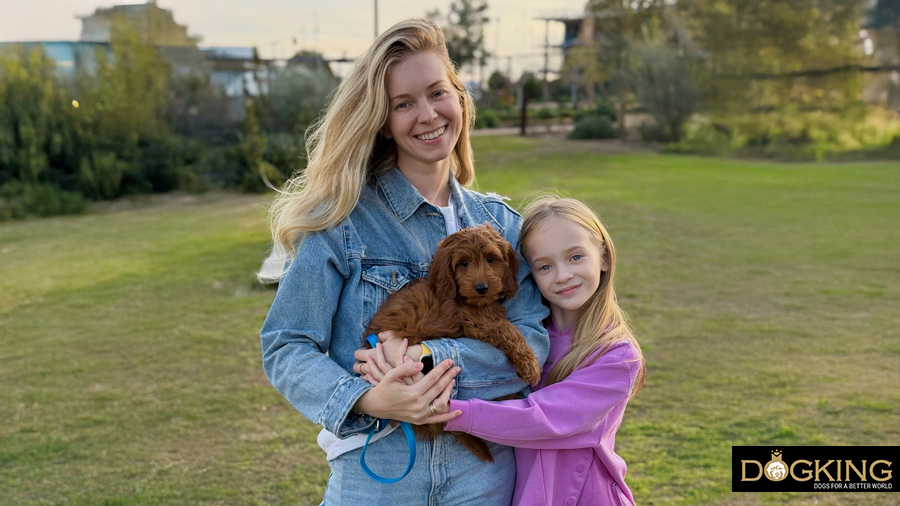
Table of contents
1- What can I do to improve my relationship with my dog?
2- How do I know if I have a healthy bond with my dog?
What can I do to improve my relationship with my dog?
If you think that the bond you share with your dog is poor and you want to start doing things better, don't lose sight of the fact that you should look after the relationship as if they are another member of the family. This means being attentive to them getting to know them to anticipate their needs and having time and resources available to enrich their life. If you want to strengthen the bond with your dog, here are a few tips that will mark a before and after in your relationship. However, don't lose sight of the fact that you have to be constant, as depending on the case, the change may take some time.
1. Get to know your dog
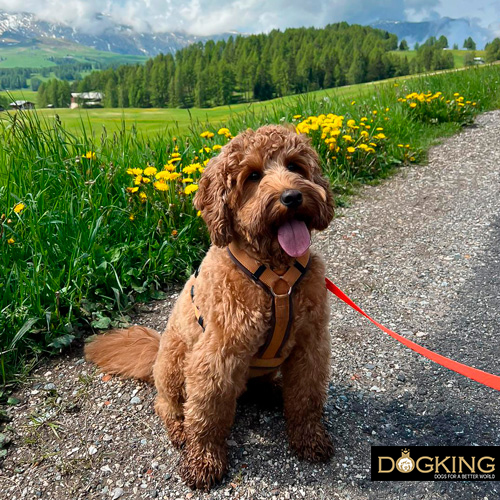
Learning about dog behaviour and reading general advice about dogs is great. However, every dog is different, so the best way to get to know your pet is to spend time with them and observe them closely. Only then will you be able to determine what their specific likes and needs are, beyond the general recommendations. Perhaps your dog is extroverted and needs to spend a lot of time with other dogs, or perhaps they are more shy and prefers a quiet environment. Maybe they are very active and need lots of exercise, or perhaps they tire quickly and prefer scent play. Every dog has their own temperament, something that people who have shared or share their lives with several of these animals are no doubt well aware of. Knowing this will help you to meet your pet's needs, which will make their day-to-day life much happier.
2. Learn about the way they communicate
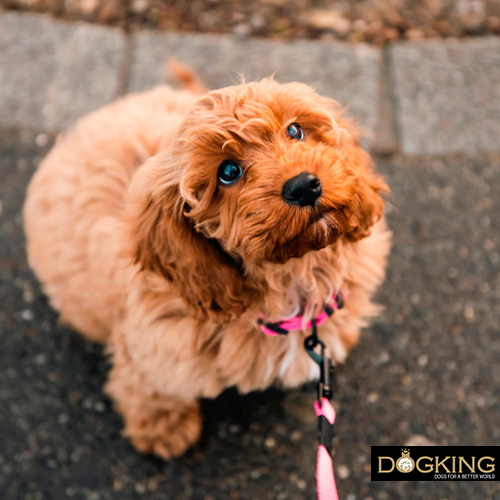
A big mistake we people make in our relationship with our dogs is to extrapolate our way of communicating to what we expect from them. You should know that these animals have their own communicative codes, based especially on body language, vocalisation (barking, howling...) and the exchange of chemical and hormonal information that they emit through different glands in their body. This information is picked up by other dogs through their sense of smell. As a caregiver and responsible for the welfare of your dog, it is your duty to know how dogs communicate so that you do not censor their natural attitudes, such as, for example, sniffing other dogs' bottoms, which they do to receive information about their state of health, reproductive status, etc. There are countless canine behaviours that may surprise you out of ignorance, such as your dog sleeping with their belly up, some breeds howling in the middle of the night or rolling in puddles, but many of them are natural and instinctive and, even if they are not, you should learn about them, understand them and act accordingly to help your pet.
3. Don't punish them
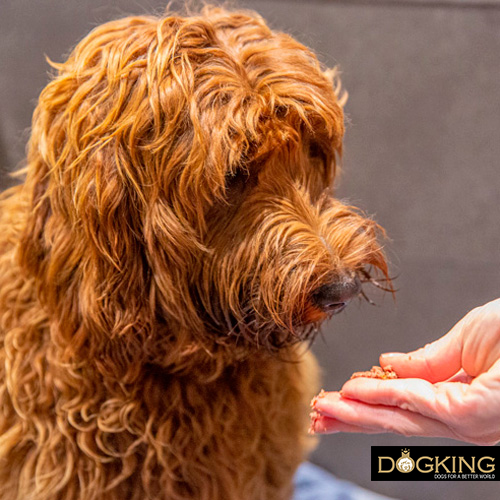
Numerous research studies have proven that dogs do not learn or improve their behaviour through scolding or punishment. Quite the opposite, as these techniques cause the dog to become distrustful, unstable and nervous, and their trust in their handler suffers.
The only way to educate your pet is through positive reinforcement. When he performs a behaviour you want to change, tell him ‘no’ in a firm but calm manner and redirect his behaviour to an alternative one, rewarding him with petting or small snacks when he does things the way you want him to. We also recommend working with signals such as ‘stay’, ‘sit’, ‘down’, ‘come’ or ‘come on’ that your dog can easily understand. In this way, he will learn what you want from him in a positive way, maintaining his trust in you and his balance.
4. Spend time together
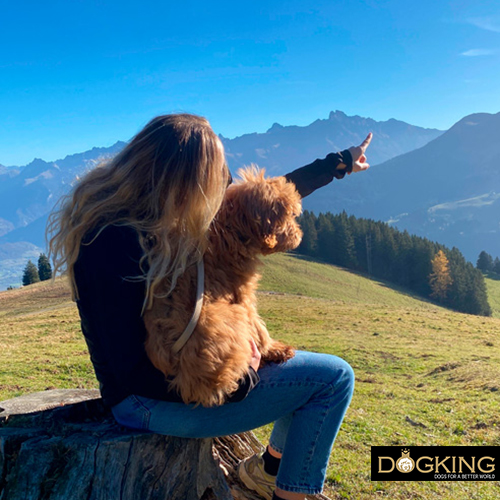
And by this we don't mean watching Netflix with your furry one by your side. We're talking about quality time, where you and your pet enjoy each other's company by doing an activity that is truly enriching for them. You can go hiking together in the countryside, something that your dog will undoubtedly love because of the amount of olfactory and visual stimuli they will find along the way, not to mention the feeling of freedom they will experience. Another idea we give you is to visit a dog-friendly café or restaurant in your city together, a different plan that can be very positive for your dog. You can also go for long, relaxing walks in different neighbourhoods, so that your pet has access to different smells and places, or do some sport together. If you know your dog well, as we explained in point 1, you will know better than anyone what activity he or she loves to do with you. The most important thing is that you think about their needs, likes and dislikes, and his abilities and limitations before deciding. Working on empathy is always the first step towards building a close bond.
5. Establish daily routines
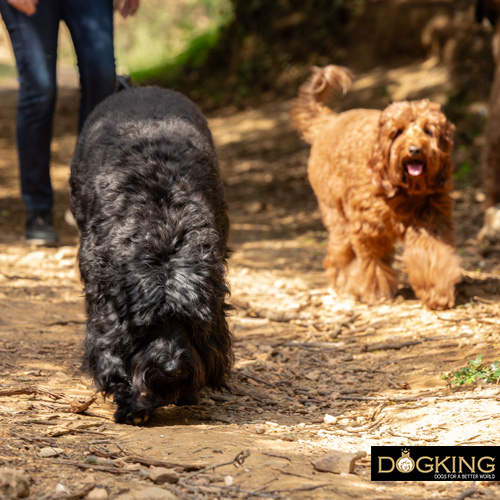
Establishing fixed feeding and walking routines will help your dog to regulate themself emotionally, as they won't be able to choose what to do, but they will know when to do it. Can you imagine living without knowing what will happen next? In addition, eating and walking are two basic needs of the dog, which influence both physiologically and emotionally.
The dog needs to be walked at least 3 times a day and at least one of these walks should be at liberty, or at least on a long (fixed) lead of about 10 metres. This is necessary for the dog to meet essential welfare parameters, as it will allow them to socialise, exercise, sniff freely (an activity that tires dogs up to 5 times more than running and stimulates their mind) and, in general, to experience freedom.
One of the 5 internationally recognised parameters of animal welfare makes this point very clear: ‘The animal must be free to exhibit species-typical behaviours’. It's probably not every day that you can go on an outing or make a special plan with your dog, but we assure you that there are plenty of little moments you can share with them on a daily basis that will make them feel extra special and attached to you. For example, a brushing session after coming back from a walk, accompanied by a relaxing massage behind the ears, neck and upper back, is something that will take just a few minutes and they are likely to love it. A short training session (if you have a garden, take the opportunity to play with them outside for a while) is also a very good option. It's all about finding little moments during the day when we can give our furry friend all our attention and actively show them how much we love them. It is not the same to give them a few distracted strokes while we read a book, as it is to dedicate ourselves solely and exclusively to cuddling our furry friend. Try to keep these occasions at the same time: dogs appreciate routines, as it makes them feel relaxed and confident to anticipate what's coming next.
6. Quality play
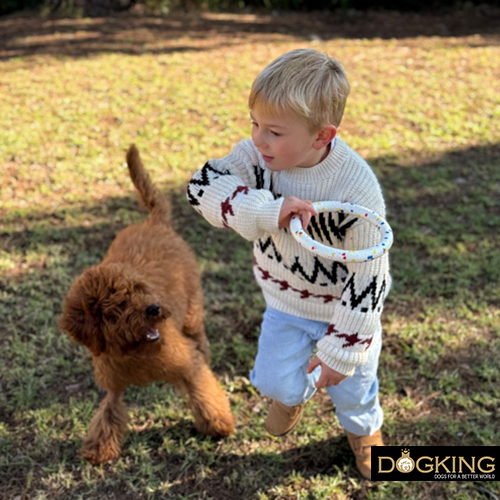
How long has it been since you've played with your dog? And no, we're not talking about throwing the ball while you're looking at your mobile phone, but about quality play, adapted to your dog's tastes and that enhances their skills, and during which you give them your undivided attention. We are talking about physical games, which will help your dog to exercise, combat obesity and strengthen their muscles, but also about olfactory games and cognitive stimulation in general, which are essential to develop other areas of your dog's learning and keep them stimulated. Combining both types of activities will help keep your pet balanced, healthy and happy. Find the game that motivates them the most and share with them these valuable moments of recreation and joy. Also, try to ensure that play is always a positive thing for your pet, not a competitive activity or one that leads to frustration. End the play session with your dog in a moment of positive reinforcement so that they keep a good memory and feels confident and happy.
7. Be consistent and don't cheat
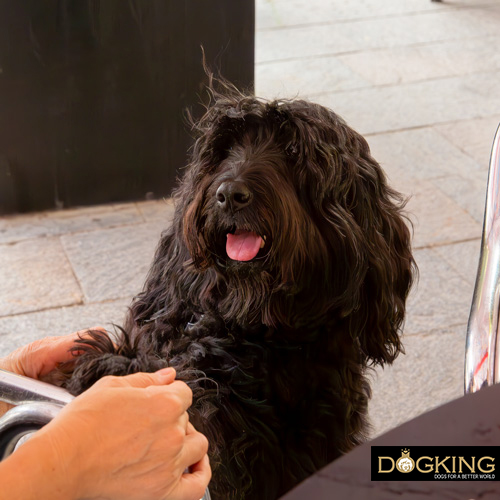
If you give your dog food from the table and then scold him when they ask for it, you will be driving them crazy. Dogs need consistent rules and boundaries to internalise which behaviours are desirable to you and which ones you don't like. If you change depending on the day or circumstance, you will create a lot of confusion for your pet (and frustration when you scold them). So, when it comes to maintaining a strong, healthy bond with your dog, it is vital that you are consistent with your concessions and prohibitions. Make sure that, from the start, the rules are clear and adhered to by everyone in the household. Never try to trick them, for example, by offering them food that you then take away or pretending to throw his toy. Be honest with your dog so that they trust you and feel safe around you.
8. Educate and train your dog
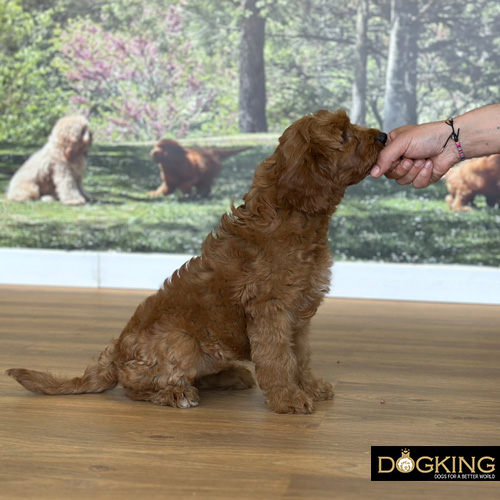
Dog training and education have multiple benefits for your dog's mental and physical health. These animals need to feel useful and doing what is expected of them gives them a great sense of well-being that greatly strengthens the bond with their caregivers. An excellent option is to practise tricks, such as ‘the dead’, roll over, paw you, slalom, go under, etc. However, it is the basic commands such as ‘sit’, ‘down’, ‘stay’ or ‘here’ that not only stimulate your dog, but also allow you to handle them well both at home and on walks, which is vital for everything to flow. Another great idea is to train to sign up for the exemplary canine citizen programme, a certification for dogs based on a series of tests that recognises them as a part of society that benefits the community through their correct behaviour. This is a very useful and fun way to strengthen your bond, as is agility, a form of training that stimulates the dog physically and mentally and can be practised amateur or professionally.
9. Help them overcome their fears and/or difficulties
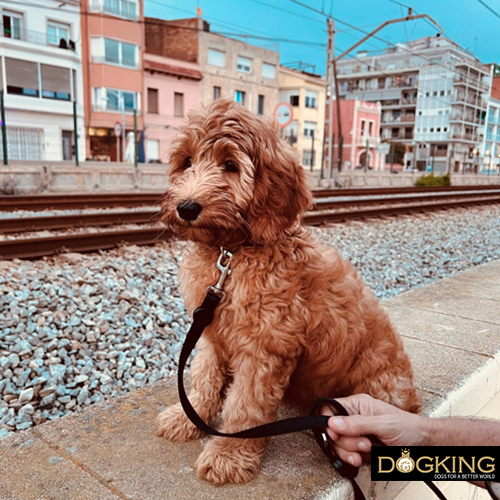
Just like us, all dogs have their fears and difficulties. A great idea to improve your bond and strengthen it, is to help them overcome them. To do this, the first step is to detect them. If you are attentive to your dog, train and spend time with them, you will have many clues about their difficulties. It is important to keep in mind that we should never force a dog to face a situation that they are afraid of or that they find complex. We must help them, motivate them and give them the tools to overcome it. Overcoming their fears and difficulties with our help is the most powerful trigger to generate a good bond and deepen it. This gives us the opportunity to forge enormous confidence, as our dog will learn and overcome different aspects that will change their life by our hand.
We don't always know what to do or where to start. Not applying the techniques correctly can make the situation worse, for example, in terms of fear. Therefore, when in doubt, it is preferable to have the help of a professional (trainer or ethologist) who can guide us.
In this way we will achieve two indisputable things: improve our dog's life and strengthen our bond.
How do I know if I have a healthy bond with my dog?
You know, if you want to build a deep and solid bond with your furry friend, spend time with them, cover all their physical and psychological needs, stimulate them and learn to communicate with them understanding their language and making yourself understood clearly and constantly. In addition, other aspects that will also help you are to promote their correct rest - respecting their sleeping periods and providing them with a quiet space to retire if they need it -, establishing routines to give them food, and keeping yourself calm at all times. Help them overcome their fears and difficulties and, when you are not able, seek help from a professional. Having a dog can become a challenge at times, but people are mirrors for them, so if you want to have a calm and balanced dog, you must set an example of this.
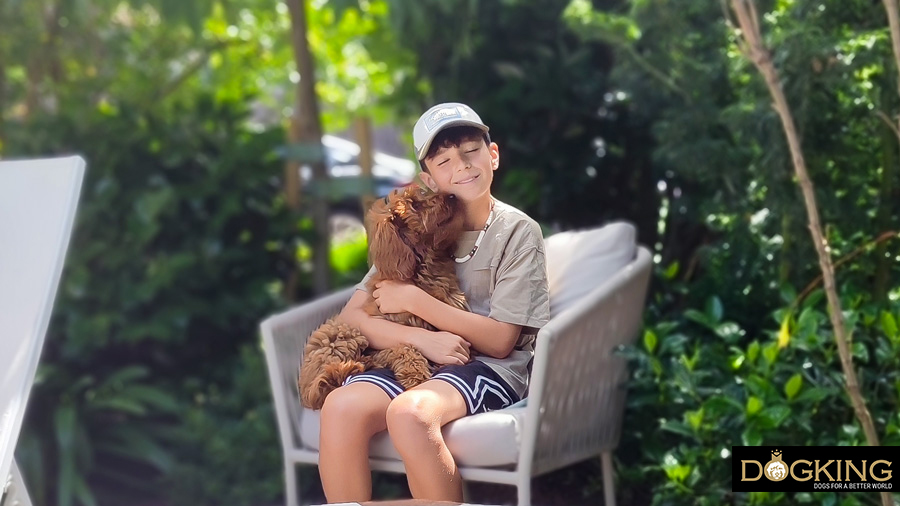
Just because your dog has a good bond with you does not necessarily mean that they are super affectionate or always by your side, but it does mean that you share a relationship based on trust, respect and love. Some dogs are more independent and others, like the Australian Cobberdog, are more cuddly and enjoy contact with their owners more. The signs that will show you that you and your dog have a strong and healthy relationship are that they actively look for you, come when you call them, obey commands, look you in the eyes and listen to you when you talk to them. In that case, congratulations! You share a very special and solid union.